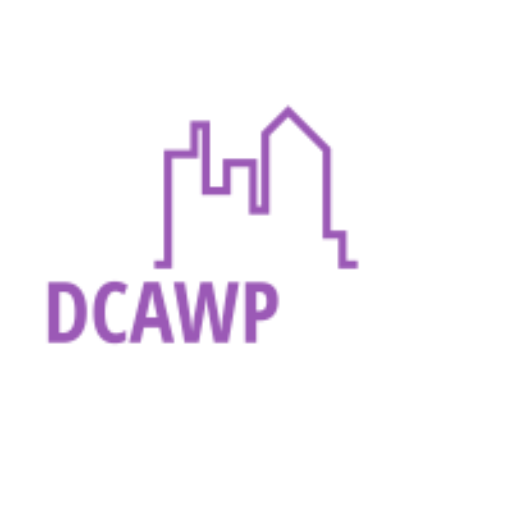Maximizing Event Impact: Innovative Design Strategies and Tools

The Significance of Thoughtful Event Design
Event design transcends the simplistic notion of thematic décor; it embodies the articulate masterplan that brings a powerful narrative to life. Event professionals use the correct event design software to unfold themes in meaningful, nuanced layers that resonate with their audience. Such software allows designers to visualize their concepts, ensure cohesion throughout the event space, and manage the countless logistical details that come together to create a successful event. Thoughtful event design integrates form and function into one seamless story, evoking a spectrum of emotions to create impactful memories aligned with the event’s overarching message.
The field of event design is broad and permeates many facets of the event-organizing procedure. This domain requires the practitioners’ inventiveness and capacity to provide attendees with outstanding experiential value. It’s a discipline that combines strategic execution with aesthetic appeal to enhance the environment and make it easier to achieve the event’s predetermined goals. The effectiveness of contemporary event planning depends on selecting the appropriate event design software.
Understanding Attendee Psychology
Understanding attendee psychology is fundamental in curating an event atmosphere that is captivating and conducive to engagement. By incorporating design elements that align with psychological principles, such as optimal colors to elevate mood or layouts that promote open interaction, event designers directly influence attendees’ collective and individual experiences. Such a strategic approach transcends aesthetic satisfaction, driving at the heart of what makes an event truly memorable and emotionally resonant.
Grounding event design decisions in psychological insights allows creative professionals to charm attendees visually and engage them more profoundly. The right combination of elements can activate desired behaviors, whether that’s enhanced networking, increased participation, or heightened receptivity to a brand’s messaging.
Incorporating Technology in Event Design
These days, cutting-edge technology and event design often collide to create experiences that are breathtaking to look at and brimming with interactive possibilities. Integrating features like virtual reality, adaptable settings, and smooth digital user interfaces empower attendees to take an active role in the narrative around them, as opposed to being passive viewers.
Technology is best leveraged in event design when it amplifies the intent of the occasion without overpowering it. The blending of technical innovation with the organic progression of the event’s narrative creates truly immersive experiences. When done right, this approach can bridge physical distances, simulate impossible scenarios, and even bring participants closer to the brand or cause at the event’s core.
Navigating Budget Constraints Creatively
While event design aspirations can be grand, budget constraints are unavoidable in most projects. Yet, these financial limitations often spur creative thought, compelling event designers to discover innovative solutions that make a sizable visual impact without incurring significant expense. Embracing a ‘less is more’ philosophy; designers might favor minimalism with statement pieces or find versatile, multi-use elements that morph and adapt to various phases of the event.
It’s in the clever, resourceful application of design where budget restrictions are transcended, showcasing the designer’s adeptness at employing cost-effective strategies without sacrificing the wow factor. Utilizing digital media displays instead of physical backdrops or embracing the rustic charm of upcycled materials can significantly cut costs while delivering an impressive aesthetic that aligns with the event’s objectives.
Designing for Different Event Types
Event design is not a one-size-fits-all affair. Each event type presents its own design challenges and opportunities, necessitating a bespoke approach tailored to the occasion’s particular attributes and expected outcomes. For corporate events, practical functionality may take precedence to foster learning and networking, while celebratory events, like product launches or anniversaries, allow for more flamboyance and flair in design to captivate and delight attendees.
Conscientiously adapting design strategies to the event context not only reinforces its thematic elements but also enhances participant experience, ultimately contributing to the event’s success. Careful orchestration of ambiance, message, and purpose articulates the narrative and fulfills the event’s goals.
The Role of Sustainability in Event Design
With global awareness of environmental issues at an all-time high, sustainability is a cornerstone of modern event design. Event professionals are expected to espouse eco-friendly practices and materials, ensuring their creations leave as little impact on the planet as possible. This includes selecting venues with green credentials, opting for digital documents over print, and sourcing decorations that can be repurposed or recycled.
True to the principle of “leaving no trace,” sustainable event design minimizes environmental harm and showcases a brand’s commitment to corporate responsibility. By pioneering designs that are both beautiful and benevolent, event designers can lead the industry-wide shift towards more conscientious, sustainable event production.
Measuring the Success of Event Design
The actual test of event design success lies not in subjective appreciation but in measurable results that reflect the event’s effectiveness. This includes gathering direct feedback from attendees, observing engagement levels via social media interactions, and analyzing the overall return on investment. Besides these quantitative measures, qualitative feedback affords an in-depth view of the attendees’ experiences, revealing the nuanced impact of design choices on the event.
Critical assessment, grounded in data and attendee sentiment, enables event designers to refine their art. It forms a feedback loop that drives the evolution of event design practices, ensuring future endeavors are continually more attuned to attendee preferences and business objectives.
Partnering with the Right Event Design Software
A paramount choice in the event planning process is the selection of comprehensive event design software, which often becomes the unsung hero in bringing a designer’s vision to fruition. The collaboration between designer and technology can give rise to creations that perfectly encapsulate the essence of the intended experience, pushing boundaries of possibility while maintaining an organized, efficient planning process.
The right event design tool can transform a complex orchestration of design elements into an elegantly executed masterpiece. In the high-stakes world of event design, such tools not only facilitate creativity but are indispensable in achieving operational excellence and delivering events that impress attendees and leave a lasting impact.




